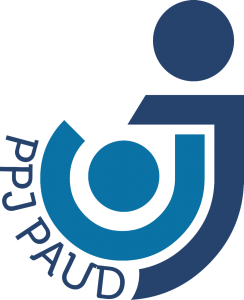Pola Asuh Orang Tua pada Anak Broken Home
Studi di Kecamatan Dander Kabupaten Bojonegoro
Keywords:
Parenting, Broken Home Children, ParentAbstract
Study aims to determine the parenting pattern of broken home children in Dander District, Bojonegoro Regency (1) What problems are faced by children related to Broken Home parenting, (2) How is the parenting pattern for Broken Home children, and (3) What factors support and hindering Broken Home parenting. This research is a type of field with a qualitative approach. The research subjects consisted of three broken home children with different backgrounds, namely divorced die and live divorced, and parents who are not present for a long time in full. The data analysis technique used is in the form of data reduction, data presentation, and verification of conclusion drawing. The result of this study is that it occurs in children from broken home families in terms of intellectual and child characteristics. Intellectually the problems that occur in the form of decreased cognitive abilities, reading delays, and difficulty concentrating during the teaching and learning process. While the characteristics that occur in children are having a bad temper, emotional instability, being sensitive, and having a closed personality. The parenting style applied is democratic parenting and permissive parenting. Factors that support and hinder parenting consist of internal factors and external factors. Internal factors include parental attention, parental religious understanding, and parental education. While external factors include the environment where the child lives.
Downloads
Published
Issue
Section
License
Absorbent_mind; Journal of Psychology and Child Development allow the author(s) to hold the copyright without restrictions and allow the author(s) to retain publishing rights without restrictions, also the owner of the commercial rights to the article is the author.
License:
- Attribution: You must provide an appropriate name, include a link to the license, and certify that changes have been made. You can do this in an appropriate manner, but do not imply that the licensor supports you or your use.
- Share Alike: If you compose or make derivatives of these materials, you must distribute your contributions under the same license as the original materials.
- No additional restrictions: You may not use legal provisions or technological means of control that legally restrict others from doing the things this license allows.
You are free to:
- Share, copy, and redistribute this material in any form or format.
- Adapt, modify, and create derivatives of this material for any purpose, including commercial purposes.
- The licensor cannot revoke the above terms as long as you comply with the terms of this license.
Creative Commons Attribution-ShareAlike 4.0 International License (CC BY-SA 4.0).







